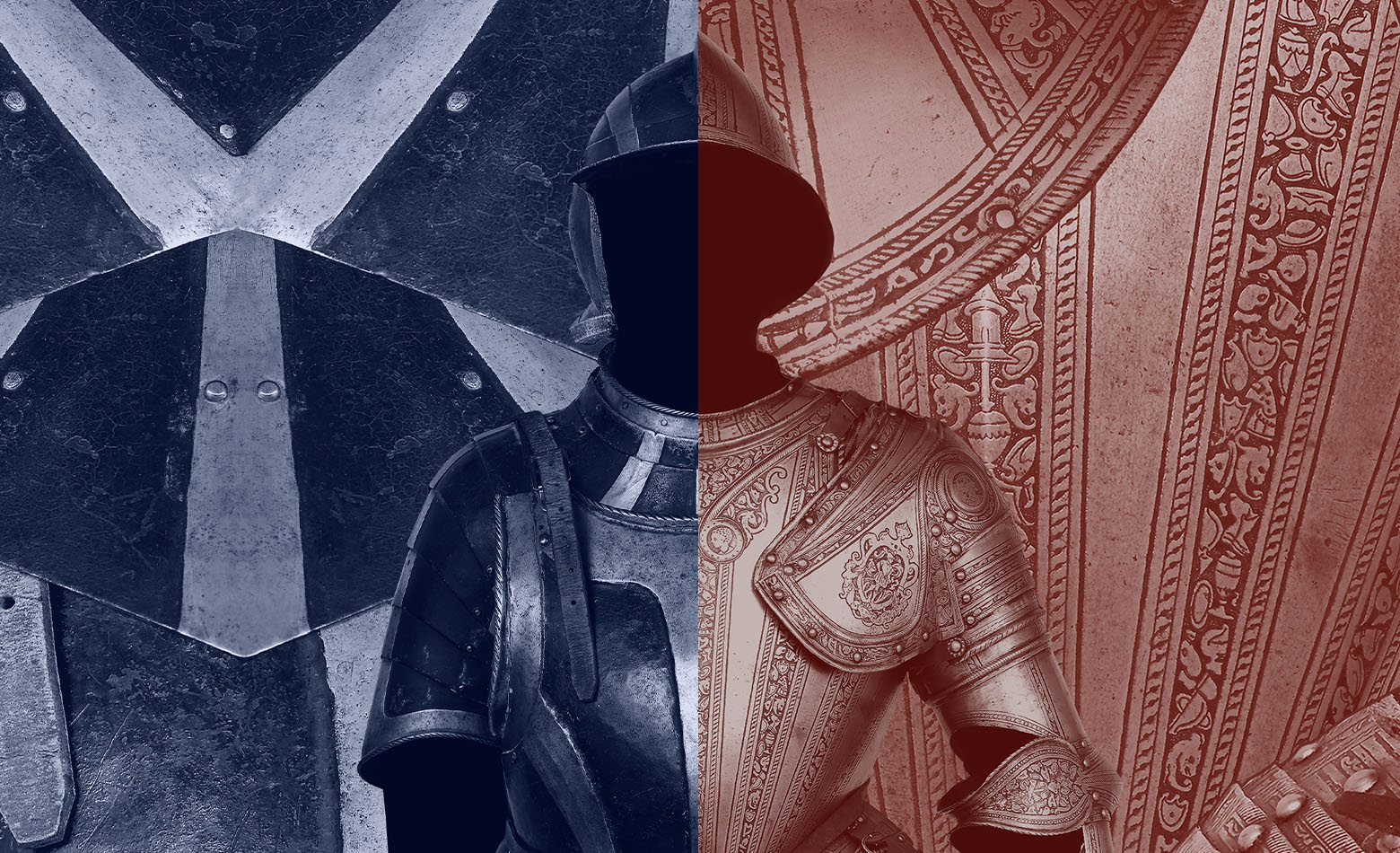Aldarion
Neoreactionary Monarchist
Harness Overview – 15th Century Gothic Armour
Gothic armour developed in 15th century. At this time, warfare was in fact highly complex, professional (with few exceptions) and varied. As such, soldiers had to cope with a significant variety of threats. Especially mounted knights and men-at-arms – the only ones to use full Gothic armour (though infantry wore half-plate) – had to cope with:
Further, Western European warfare was based primarily around shock action, that is, clash of arms. As such, protection was prioritized over everything else: endurance, visibility and communication were given much lower priority, as fully-enclosed helmet attests. In fact, armour provided such extensive protection that cavalrymen did not wear shields; only infantry did, because it often abandoned leg protection in exchange for greater mobility in close combat. Men-at-arms however often fought on foot, as horses were much more rarely protected, and could number well over 30% of the army.
Gothic armour developed in 15th century. At this time, warfare was in fact highly complex, professional (with few exceptions) and varied. As such, soldiers had to cope with a significant variety of threats. Especially mounted knights and men-at-arms – the only ones to use full Gothic armour (though infantry wore half-plate) – had to cope with:
- infantry armed with crossbows and spears
- early professional infantry armed with crossbows and pikes
- early gunpowder weapons
- other missile weapons (longbows, short bows, javelins…)
- polearms
- artillery
Further, Western European warfare was based primarily around shock action, that is, clash of arms. As such, protection was prioritized over everything else: endurance, visibility and communication were given much lower priority, as fully-enclosed helmet attests. In fact, armour provided such extensive protection that cavalrymen did not wear shields; only infantry did, because it often abandoned leg protection in exchange for greater mobility in close combat. Men-at-arms however often fought on foot, as horses were much more rarely protected, and could number well over 30% of the army.

